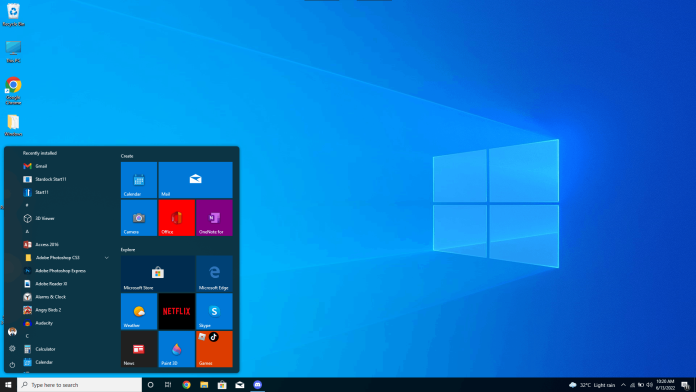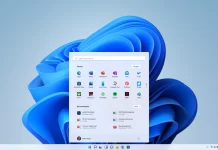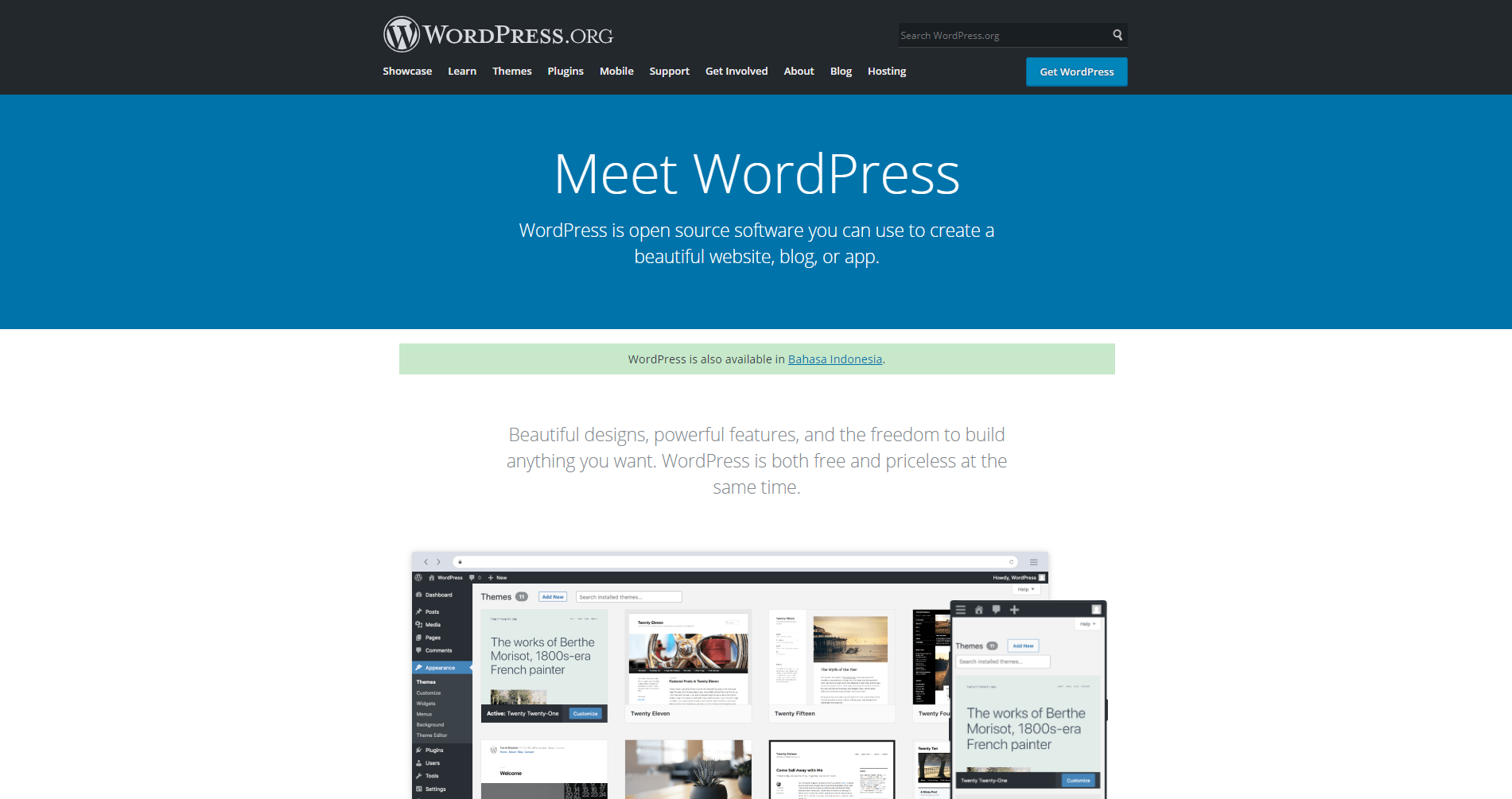You might need to keep some documents private if you share a computer with others. Based on which version of Microsoft Windows is installed on your computer, there are many ways to accomplish this. If you’re not sure which version of Windows is installed on your computer, see this article for additional details. Numerous programs exist that enable you to encrypt folders. Thankfully, though, Windows has its own integrated solutions for password-protecting folders.
Anyone who uses a single computer with you should have their own account, per standard procedure. This makes it easier for everyone to get the software and data they need.
Can You Put a Password on a Folder?
Aside from what we’ve already said, Windows 10 doesn’t offer any other methods for password-protecting folders. By requiring the right user account password before you can read the encrypted data, that strategy is comparable to other password protection strategies.
However, there are third-party applications that enable you to completely disregard the user who is currently signed in and designate any password as the folder password. The techniques listed below can obfuscate file names and even conceal the folder itself, making them potentially more private than Windows’ encryption process.
What distinguishes encryption from password protection?
Only those who have the password can access material that is password-protected. Data is scrambled using an encryption algorithm and can only be unlocked and accessed with a decryption key, making encryption a more secure form of security.
File encryption and password locking are two methods for safeguarding sensitive data. Locking files in a password-protected folder is similar to locking objects in a safe; only those with the code to open the safe can access the contents.
In contrast to password protection, encryption encrypts each file’s content to make it unintelligible. By randomly rearranging all the letters in a text, encryption prevents anyone without a decryption key from being able to decipher the data and read the document.
Final Thoughts
Although Microsoft removed the ability to password-protect a folder, you may still use a password-protected zipped folder or hide files and folders so they don’t show up in the directory list to protect your personal information.




















